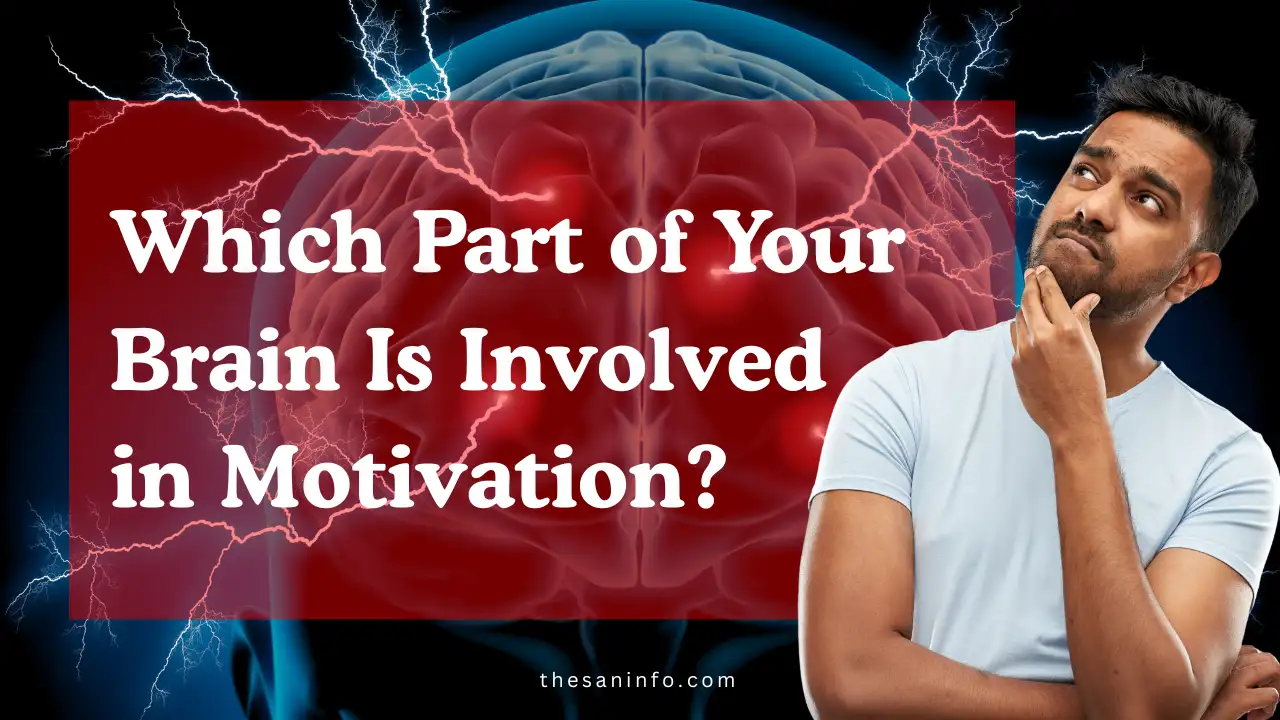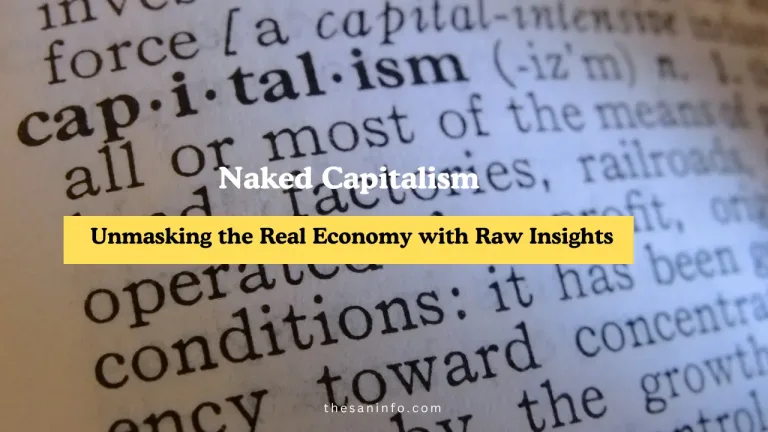Which Part of Your Brain Is Involved in Motivation? Unlocking Your Drive in 2026
What’s good, crew? San here, your millennial sidekick always chasing the next big win—whether it’s a side hustle or just getting out of bed on a rough day. Ever wonder why some days you’re a productivity beast, smashing goals like it’s nothing, while others you’re stuck in a Netflix spiral? Spoiler: It’s not just willpower—it’s your brain running the show. Motivation is hardwired into specific brain regions, and in 2025, with mental health and biohacking trending, knowing how to tap into that wiring is like finding the cheat code for your hustle. I’ve dug into the latest neuroscience, from brain scans to psych studies, to unpack which parts of your brain fuel your drive and how to hack them for max output. Let’s break it down and get your motivation firing on all cylinders.
Why Your Brain’s Motivation Engine Matters
Motivation isn’t just “wanting it bad enough”—it’s a complex dance of brain regions, chemicals, and habits. The global mental health market is set to hit $500 billion by 2030, with a big chunk tied to productivity tools and brain hacks [Forbes]. As millennials, we’re all about optimizing our lives—44% of us are side-hustling, and burnout’s a real threat [Upwork]. Understanding which brain parts drive motivation can help you stay consistent, whether you’re launching a business or just trying to hit the gym. Plus, it’s empowering to know your brain’s not the enemy—it’s a tool you can tweak.
Here’s why I’m hyped about this:
- Science Meets Hustle: Specific brain regions control goal-setting, rewards, and persistence—key for crushing it in 2025.
- Low Effort, High Impact: Small tweaks like music or meditation can supercharge your brain’s motivation centers.
- Personalized Approach: Your brain’s unique—some of us chase dopamine hits, others need purpose. Knowing your wiring helps.
- Real-World Wins: From side gigs to self-care, a motivated brain means more cash and less stress.
The Brain Regions Running Your Motivation
I dove into neuroscience journals and expert blogs to pinpoint the key players. Here’s the lineup of brain regions that make you go (or stop):
- Prefrontal Cortex (PFC)
This is your brain’s CEO, handling planning, decision-making, and self-control. The PFC, especially the ventromedial prefrontal cortex (vmPFC), decides what’s worth your effort—like choosing to start a letter-writing gig over binge-watching. Studies show a strong PFC correlates with better goal persistence [Scientific American]. - Ventral Striatum (Nucleus Accumbens)
Your brain’s reward hub, this lights up when you expect something awesome, like a paycheck or a “you nailed it” from a client. It’s all about dopamine, the feel-good chemical that drives you to chase rewards. Weak activity here can tank motivation [Nature]. - Anterior Cingulate Cortex (ACC)
Think of this as your brain’s conflict manager. It weighs effort vs. reward, deciding if a task’s worth it. A strong ACC helps you push through tough stuff, like writing 10 cover letters in a week [Forbes]. - Amygdala
This handles emotions, tying motivation to feelings. Scared of failing? Excited for success? The amygdala’s in the driver’s seat, influencing whether you act or freeze.
Dopamine’s the glue here—released by the ventral tegmental area (VTA), it connects these regions, making you feel pumped to act. Low dopamine? You’re sluggish. Too much? You might chase risky thrills. Balance is key.
How These Regions Play Out in Your Hustle
Let’s make it real. Say you’re starting a side hustle (like my letter-writing gig). Your PFC sets the goal: “I’ll write five samples this weekend.” The ventral striatum gets you hyped when you imagine the cash rolling in. The ACC keeps you grinding even when clients ask for revisions. And the amygdala? It’s why you feel a rush landing your first gig—or stress when a deadline looms. Studies show disruptions (like low dopamine from stress) can derail this system, but you can hack it [Scientific American].
My Plan to Hack My Brain’s Motivation
Here’s how I’d (San, the hustle king) fire up my brain for max motivation, based on science and real-world tips:
- Boost PFC Focus: Meditate 10 minutes daily—studies show it strengthens prefrontal activity, improving goal-setting [Nature]. I’d use a free app like Insight Timer.
- Spike Dopamine: Chase small wins, like finishing one letter sample. Each win triggers the ventral striatum, keeping you hooked. Music (think upbeat lo-fi) also pumps dopamine.
- Trick the ACC: Break tasks into tiny steps (e.g., “write one paragraph”). It feels less daunting, so your brain’s more likely to dive in.
- Tame the Amygdala: Journal to process fears or hype yourself up with affirmations (“I’m the king of love letters”). This keeps emotions from derailing you.
I’d also eat dopamine-friendly foods (like bananas or almonds) and get sunlight—both boost mood and focus, per nutrition studies [Forbes].
Motivation Hacks Table
Here’s a quick guide I put together, based on neuroscience and productivity hacks:
| Brain Region | Role in Motivation | Hack to Boost It | Expected Impact |
|---|---|---|---|
| Prefrontal Cortex | Plans and prioritizes goals | 10-min meditation, clear to-do lists | Better focus, less procrastination |
| Ventral Striatum | Drives reward-seeking | Small wins, upbeat music | Higher drive, more excitement |
| Anterior Cingulate Cortex | Balances effort vs. reward | Break tasks into micro-steps | Less overwhelm, more persistence |
| Amygdala | Ties emotions to action | Journaling, affirmations | Reduced stress, stronger resolve |
Challenges & How to Fix ‘Em
Not gonna lie—your brain can be a jerk sometimes. Low dopamine (from stress or poor sleep) can make the ventral striatum lazy, leaving you unmotivated. A weak PFC from multitasking too much? You’ll struggle to plan. And an overactive amygdala can make fears (like “I’ll fail”) louder than goals. The fix? Routine. Sleep 7–8 hours, limit screen time, and use apps like Todoist to keep your PFC on track. Some argue motivation’s all mindset, but science says biology’s half the battle—habits bridge the gap [Scientific American].
My Final Take, San’s Squad
Yo, San’s crew—this brain stuff’s a game-changer. Knowing my prefrontal cortex plans my hustle and my ventral striatum chases the cash keeps me grounded. Start small: Pick one hack (I’m vibing with meditation) and watch your drive soar. In 2025, with hustle culture peaking, this is how we stay ahead. What’s your go-to motivation trick? Drop it in the comments—let’s level up together!
Key Citations:






